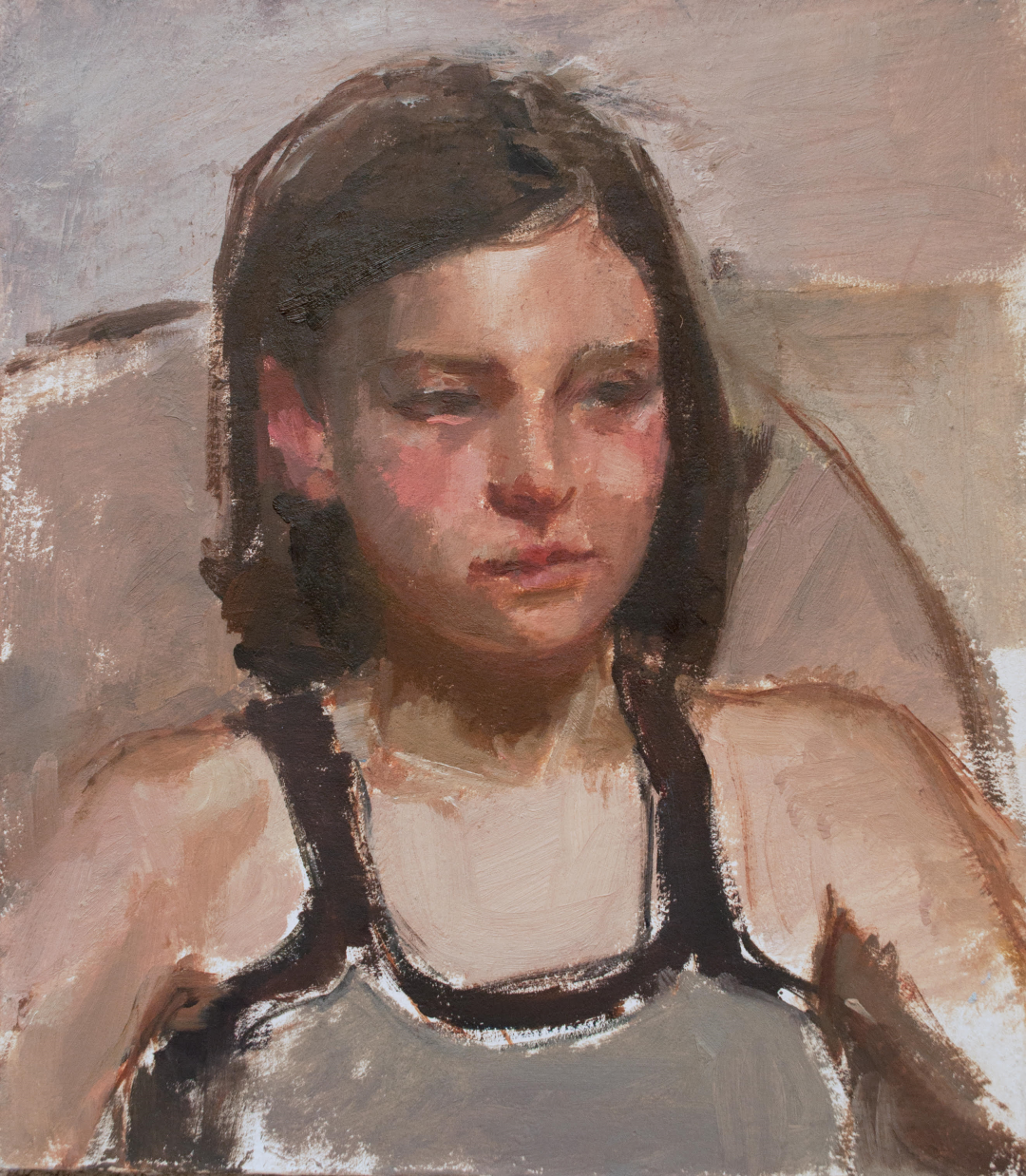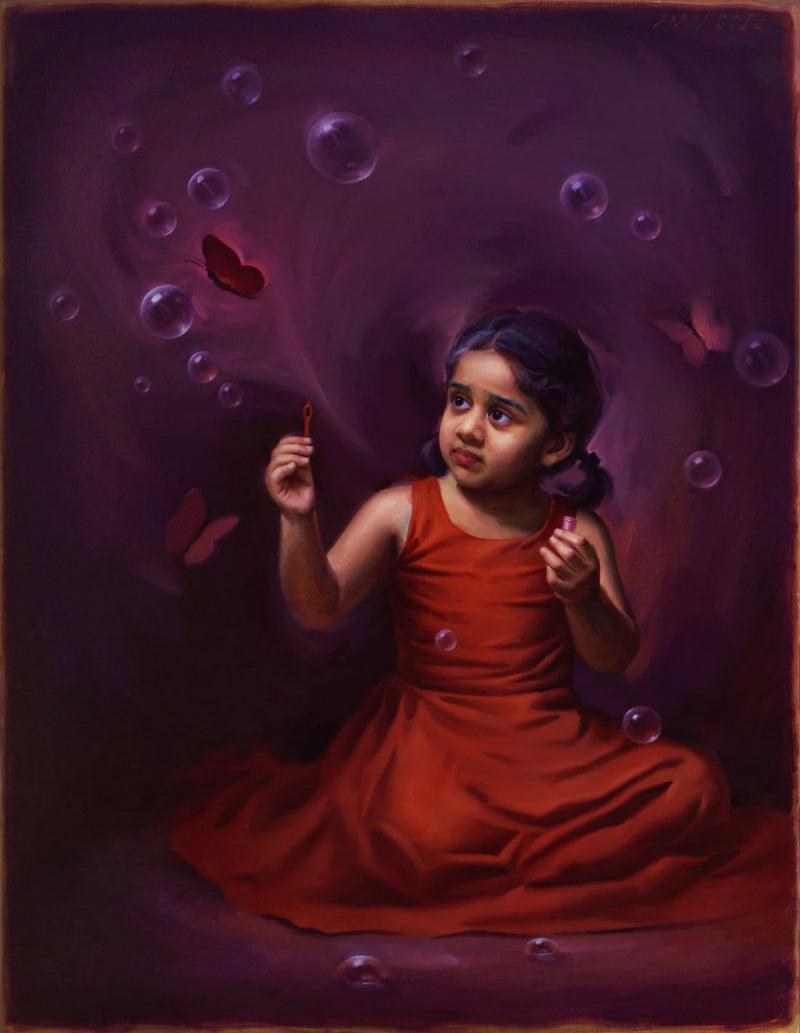Discovering Iconic Artists and Their Influences on Figurative Oil Painting
Discovering Iconic Artists and Their Influences on Figurative Oil Painting
Blog Article
The Role of Feeling and Expression in Figurative Oil Painting: An Extensive Analysis of Subject and Composition
The interaction of emotion and expression in figurative oil paint acts as an essential lens whereby one can check out the detailed connection in between subject issue and structure. Artists harness various strategies, from shade choice to brushstroke dynamics, to cultivate psychological resonance within their jobs. This nuanced orchestration not just shapes viewer assumption however likewise invites a much deeper query into just how these elements coalesce to mirror the complexities of human experience. As we discover this rich surface, one must take into consideration exactly how specific case researches illuminate the more comprehensive ramifications of these creative choices.
Understanding Emotion in Art
Feeling in art acts as a powerful channel for expression, permitting musicians to share complex feelings through their work. In metaphorical oil painting, this psychological depth is typically portrayed with the representation of the human figure, recording the nuances of human experience. The option of topic, shade palette, and brushwork all contribute to the psychological vibration of a piece.
Artists frequently bring into play individual experiences, societal issues, or universal motifs to stimulate sensations in the audience. A picture might mirror susceptability, while a dynamic figure in motion can symbolize flexibility or turmoil. These emotional threads connect the customer to the art work, promoting a discussion that transcends the visual medium.
Additionally, the interaction in between light and darkness can magnify psychological strength, leading the visitor's stare and drawing attention to particular aspects within the structure. Making use of structure in oil painting further adds layers of complexity, inviting a responsive feedback that boosts the emotional experience. On the whole, recognizing feeling in art is important for valuing the nuances that identify metaphorical oil painting, as it transforms plain depiction right into a profound expedition of the human problem.
Secret Aspects of Composition
In the realm of figurative oil painting, the composition functions as the underlying structure that arranges visual elements and boosts the psychological story. Important components of composition consist of equilibrium, comparison, focal factor, and rhythm, each contributing to the overall impact of the artwork.
Balance refers to the circulation of visual weight within the paint, which can be attained with asymmetrical or symmetrical setups. A well-balanced composition offers stability, allowing the visitor to engage with the piece harmoniously - figurative oil painting. Comparison, on the other hand, entails juxtaposing various components, such as dark and light or warm and cool shades, to assist the audience's eye and stimulate emotional feedbacks
The focal point is essential, as it directs attention to the most substantial part of the painting, commonly highlighting the psychological core of the narrative. By skillfully integrating these crucial components, artists can craft engaging and emotionally resonant metaphorical oil paints that astound and engage their audience.
Topic and Its Influence
Subject plays a pivotal function in figurative oil painting, as it not only functions as the foundation for the narrative but also shapes the customer's analysis and psychological involvement with the art work. The option of topic-- be it a singular figure, a team dynamic, or a thematic depiction-- directly influences the psychological ambience shared to the target market.

For circumstances, portraits frequently stimulate individual connections, revealing the details of human expression and character, while scenes showing common tasks can create a feeling of belonging or nostalgia. Furthermore, the historical and social context of the subject improves the customer's understanding, triggering much deeper reflections on societal standards, worths, and the human condition.
Different subject issues likewise generate differing degrees of engagement; a dramatic problem portrayed with numbers in stress may elicit feelings of anxiousness or empathy, while peaceful landscapes can invoke tranquility and reflection. Ultimately, the impact of topic in metaphorical oil paint is extensive, as it works as an avenue for emotional vibration, leading the viewer's reaction and interpretation, and cultivating a link in between the viewer and the artwork. This interaction is important for the link successful communication of the musician's intent.
Strategies for Stimulating Sensations
The efficiency of metaphorical oil painting in communicating emotions is dramatically affected by the strategies utilized by the musician. One of the most vital methods is making use of shade theory, where the critical choice of colors can evoke details emotional reactions. Warm colors, such as oranges and reds, usually elicit feelings of passion or hostility, while cooler tones like blues and environment-friendlies have a try this tendency to evoke peace or sadness.
One more vital method is the control of light and darkness, referred to as chiaroscuro. This technique enhances the three-dimensionality of figures, producing significant contrasts that can escalate emotional depth. The positioning of light can guide viewers' emotions, highlighting specific elements of the composition.
Brushwork additionally plays an important duty; loose, expressive strokes can communicate power and spontaneity, whereas smoother techniques could suggest tranquility or precision. The arrangement of topics within the make-up can influence emotional influence. Close closeness can suggest affection, while distance may suggest seclusion.
Inevitably, the mix of these techniques enables musicians to craft narratives that reverberate with the visitor, transforming a plain aesthetic experience right into an evocative emotional journey. - figurative oil painting

Case Studies of Remarkable Functions
Taking a look at noteworthy jobs of figurative oil paint exposes how various methods are utilized to stimulate effective emotions. One exemplary case is Edvard Munch's "The Scream," where the distorted number and swirling background convey existential dread. Munch's use of color-- deep blues and vivid oranges-- escalates the psychological influence, showcasing how scheme selections can form viewer experience.
An additional considerable job is Pablo Picasso's "Les Demoiselles d'Avignon." Below, bold brushstrokes and fragmented types reflect a tumultuous psychological landscape, challenging standard representations click to find out more of the women figure. Picasso's innovative composition not just records the audience's interest but also invites reflection on motifs of identification and sexuality.
Additionally, Frida Kahlo's "Both Fridas" offers a poignant expedition of duality and self-identity. The contrasting numbers, connected by a shared heart, exemplify Kahlo's emotional depth and personal story. figurative oil painting. Her meticulous attention to information and symbolic aspects serve to engage customers on a natural level
These study highlight the profound connection in between feeling and composition in figurative oil painting, exposing just how artists harness method to communicate complicated sensations and narratives that reverberate throughout time and society.

Verdict
To conclude, the interplay of feeling and expression in figurative oil painting considerably enhances the viewer's experience and interpretation of the art work. Via a careful selection of topic and compositional methods, artists communicate profound stories that resonate on both personal and global degrees. The application of shade concept, brushwork, and chiaroscuro further magnifies emotional deepness, changing each canvas into an effective reflection of the complexities of the human experience.
In figurative oil painting, this psychological deepness is often represented with the depiction of the human figure, capturing the nuances of human experience.Additionally, the interaction between light and shadow can amplify psychological strength, guiding the viewer's gaze and drawing attention to specific components within the structure. The use of texture in oil painting further includes layers of complexity, welcoming a tactile response that boosts the emotional experience.The focal factor is critical, as it directs interest to the most substantial component of the painting, usually highlighting the psychological core of the story. Inevitably, the effect of subject matter in figurative oil painting is extensive, as it serves as a conduit for psychological vibration, assisting the audience's action and analysis, and promoting a link between the art work and the observer.
Report this page